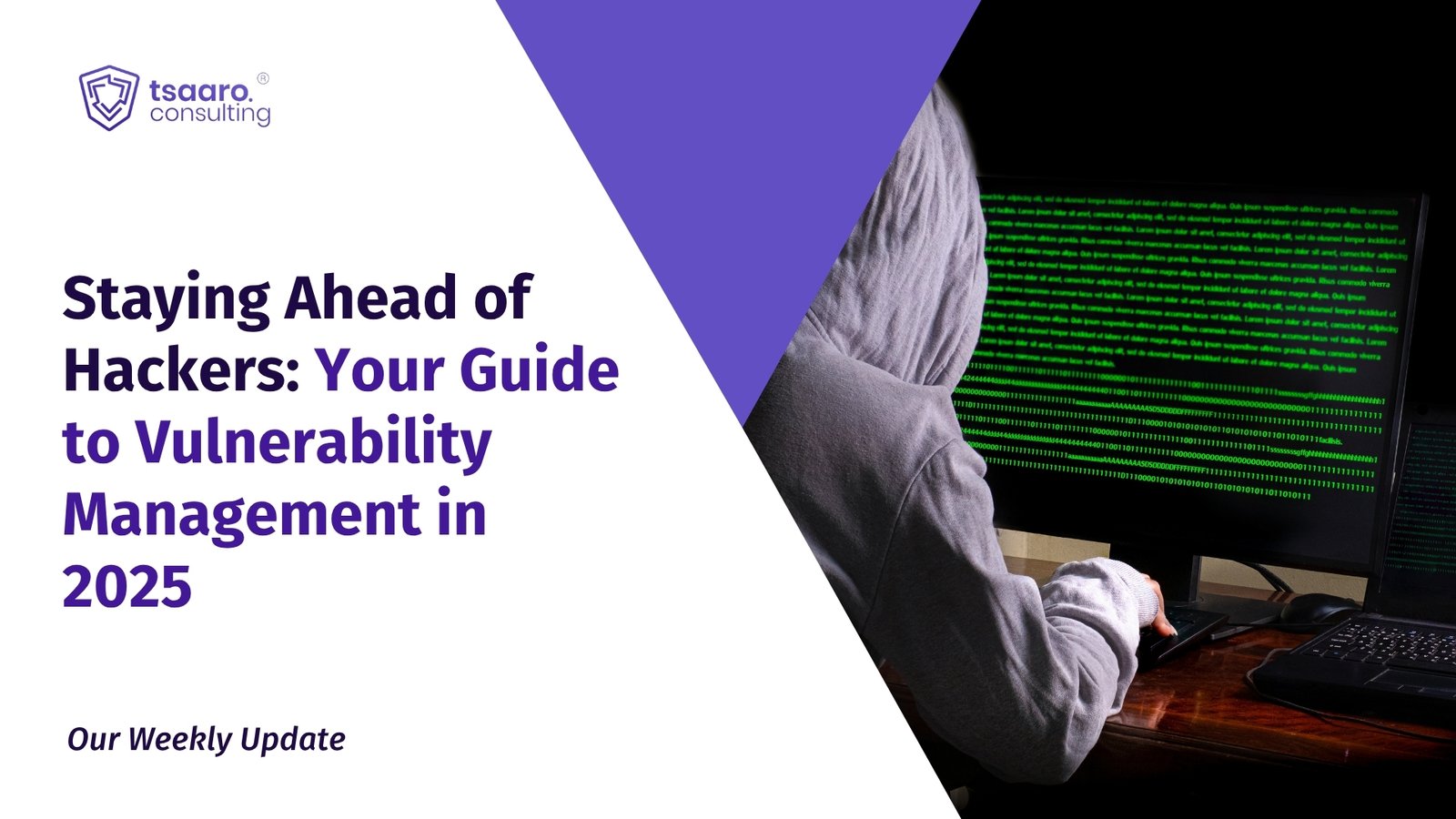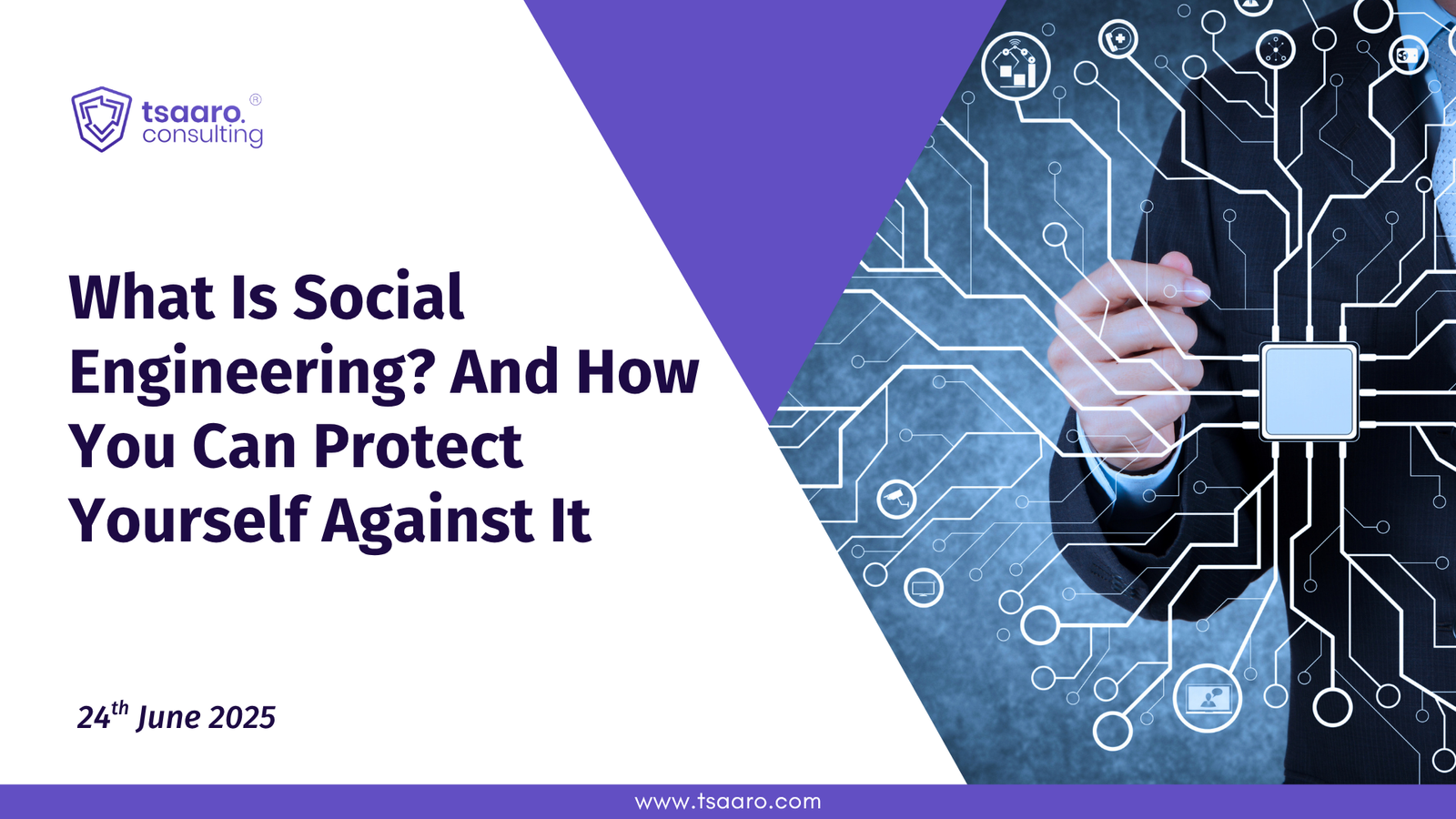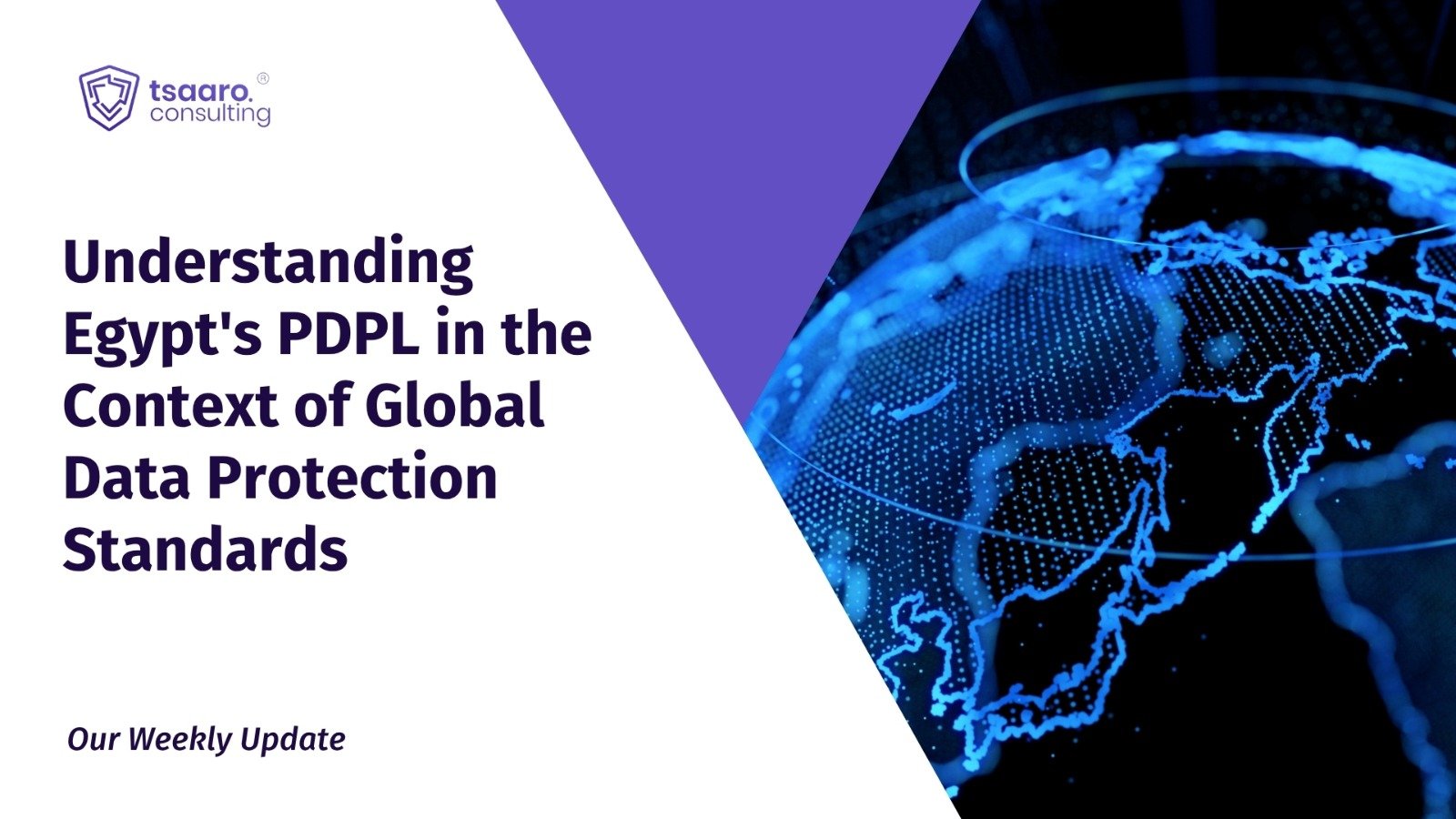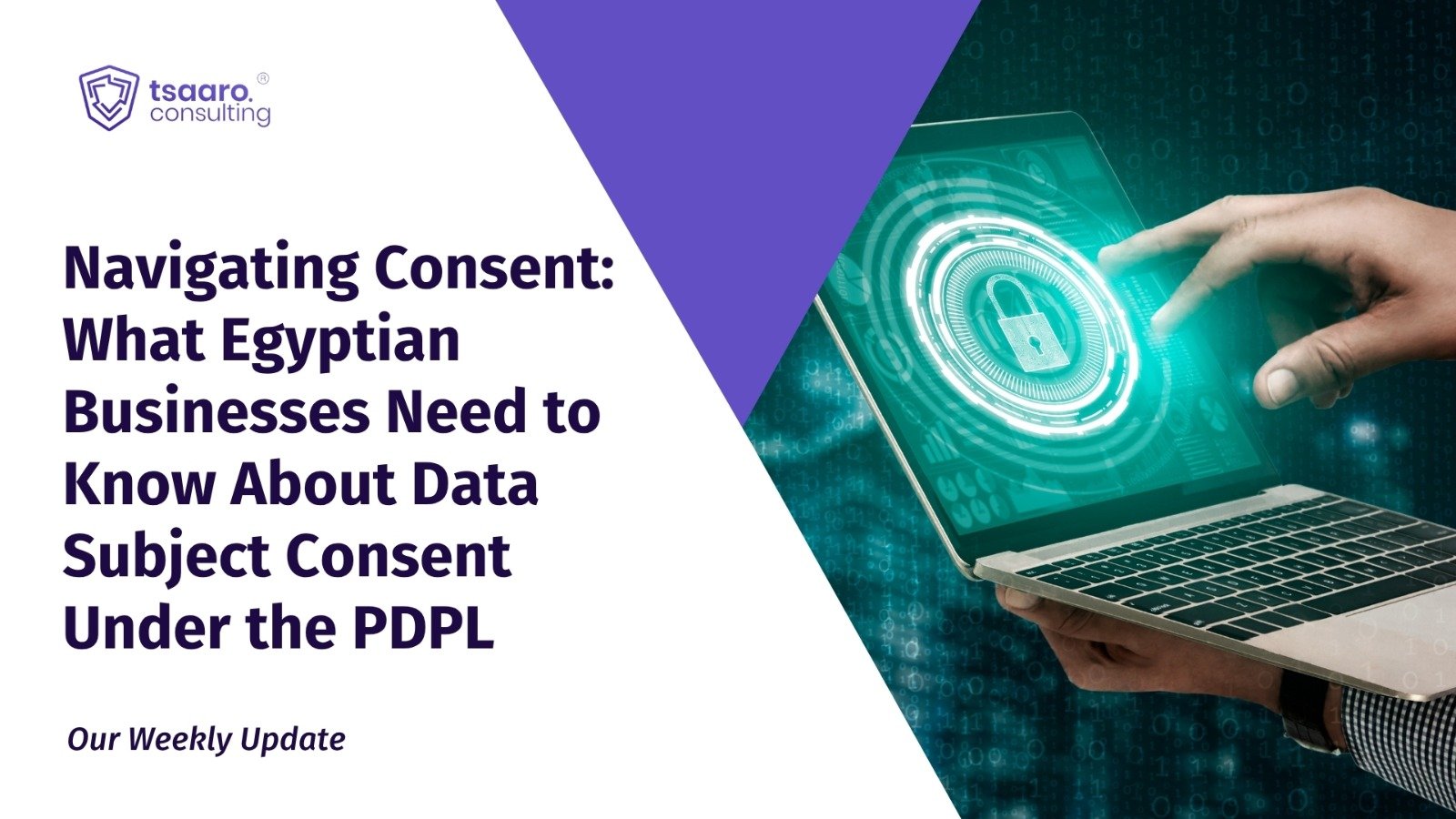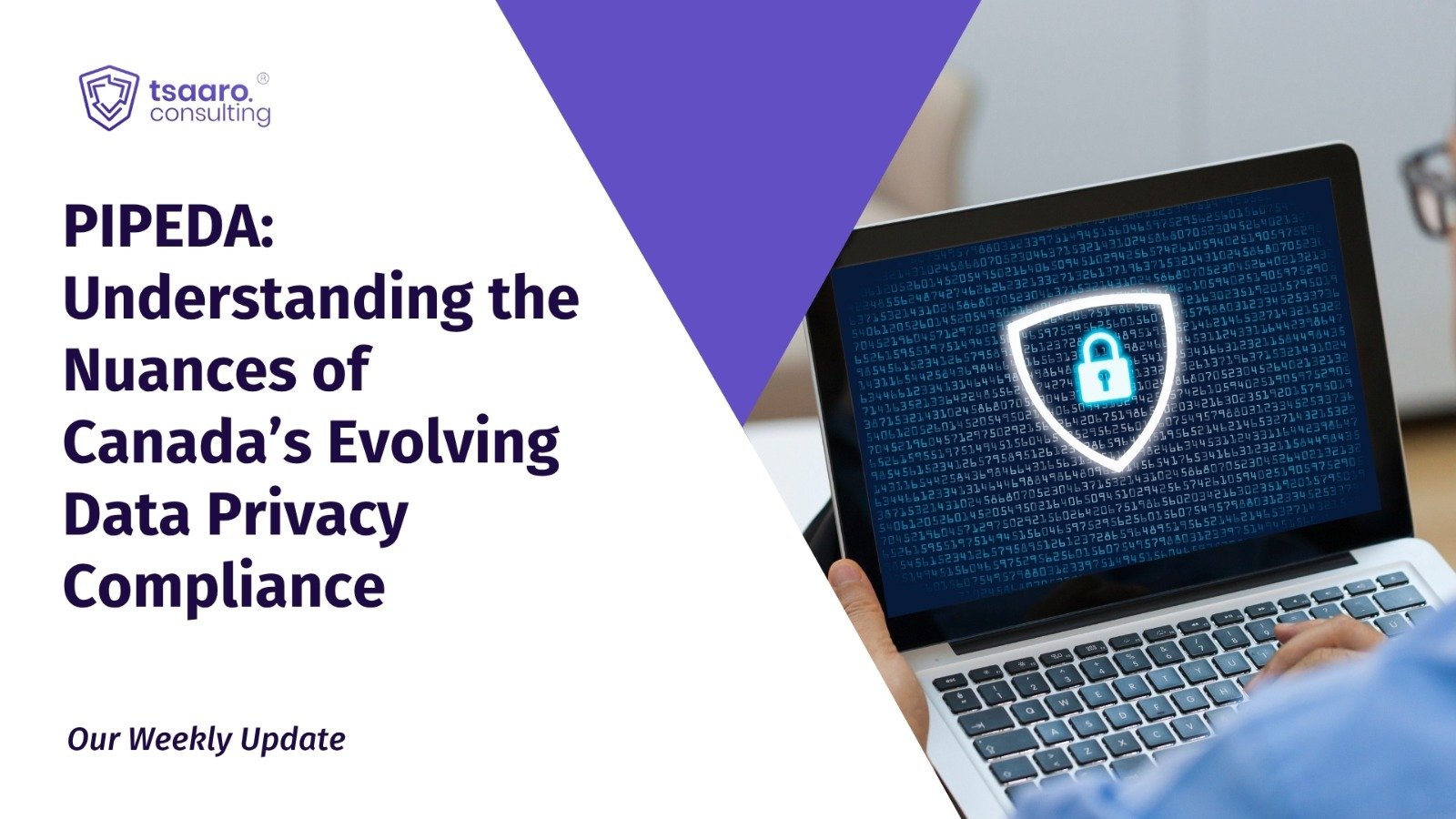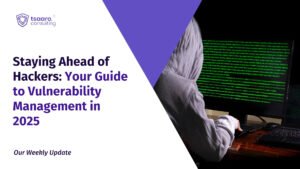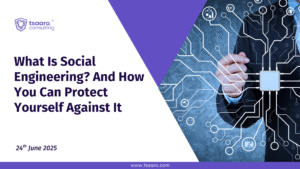In today’s interconnected world, cybersecurity plays a crucial role in protecting our digital lives. From protecting personal data to safeguarding national infrastructure, cybersecurity ensures the integrity, confidentiality, and availability of information. But what exactly drives the need for cybersecurity? This blog explores the forces behind cybersecurity, its importance, the threats it addresses, and how we can respond effectively.
Cybersecurity is no longer just a technical concern; it’s a critical aspect of modern society. As our reliance on technology grows, so do the risks associate with cyber threats. Understanding what drives cybersecurity helps us appreciate its role in protecting individuals, businesses, and governments from malicious actors.
“Cybersecurity is not just a part of IT, it is a part of our daily lives.”
— James Scott (Senior Fellow and co-founder of the Institute for Critical Infrastructure Technology)
WHAT IS CYBERSECURITY?
Cybersecurity is all about keeping our systems, networks, and personal data safe from online threats. Hackers often try to steal information, demand ransom, or disrupt businesses, but with the right tools, smart practices, and awareness, we can stay protected. It’s a mix of technology, security measures, and education that helps keep our digital world secure.
WHAT DRIVES CYBERSECURITY?
The need for cybersecurity is driven by several factors, each contributing to the growing complexity and urgency of protecting digital assets. Let’s break down the key drivers:
- Cyber Attacks
Cyber-attacks are deliberate attempts to exploit vulnerabilities in systems or networks. These attacks can range from stealing sensitive data to disrupting critical services. The increasing frequency and sophistication of cyber-attacks make cybersecurity a top priority for organizations worldwide.
- Vulnerability
Vulnerabilities are weaknesses in systems, software, or processes that can be exploited by attackers. As technology evolves, so do the potential entry points for cybercriminals. Identifying and patching vulnerabilities is a constant challenge, driving the need for resilient cybersecurity measures.
- Lack of Security Awareness
Human error remains one of the leading causes of security breaches. Many individuals and employees lack awareness of basic cybersecurity practices, such as recognizing phishing emails or using strong passwords. Educating users is a critical component of any cybersecurity strategy.
- Technological Advancements
While technological advancements bring numerous benefits, they also introduce new risks. The rise of the Internet of Things (IoT), artificial intelligence (AI), and cloud computing has expanded the attack surface, requiring innovative cybersecurity solutions to keep pace.
WHY CYBERSECURITY IS IMPORTANT
Cybersecurity is essential for protecting sensitive data, maintaining customer trust, and ensuring business continuity. A single breach can result in financial losses, reputational damage, and legal consequences. For governments, cybersecurity is vital for national security and public safety.
WHAT ARE CYBER THREATS?
Cyber threats are potential dangers that can exploit vulnerabilities to cause harm. These threats can originate from various sources, including hackers, insider threats, and even natural disasters that disrupt digital infrastructure.
WHAT CYBER THREATS ARE THERE?
Cyber threats come in many forms, each with its own methods and objectives. Below are some of the most common types:
- Malware
Malicious software designed to damage or gain unauthorized access to systems. Examples include viruses, worms, and spyware.
- Phishing
Fraudulent attempts to obtain sensitive information by disguising as a trustworthy entity, often through email.
- Ransomware
A type of malware that encrypts data and demands payment for its release.
- Man-in-the-Middle Attack
An attacker intercepts and alters communication between two parties without their knowledge.
- Password Protection/Management
Weak or reused passwords are a common vulnerability. Proper password management is crucial for security.
- Denial-of-Service Attack
Overwhelming a system with traffic to render it unavailable to users.
- SQL Injection
Exploiting vulnerabilities in databases to access or manipulate data.
BEST PRACTICES FOR CYBERSECURITY
- Regularly update software and systems to patch vulnerabilities.
- Use strong, unique passwords and enable multi-factor authentication (MFA).
- Educate employees and users about cybersecurity risks.
- Back up data regularly to mitigate the impact of ransomware.
- Monitor networks for unusual activity and respond promptly to incidents.
REGULATORY AND COMPLIANCE REQUIREMENTS
Regulatory and compliance requirements are a significant driver of cybersecurity efforts. Governments and industry bodies have established strict regulations to ensure organizations protect sensitive data and maintain privacy. Examples include:
- General Data Protection Regulation (GDPR): Enforces data protection and privacy for individuals within the European Union. Non-compliance can result in hefty fines.
- Health Insurance Portability and Accountability Act (HIPAA): Mandates the protection of patient health information in the healthcare sector.
- Payment Card Industry Data Security Standard (PCI DSS): Requires businesses to secure credit card information.
- Digital Personal Data Protection Act (DPDPA): With the advent of DPDPA, India has also taken a significant step toward stringent data protection and cybersecurity regulations. The act mandates organizations to implement strong security controls, obtain user consent for data collection, and ensure responsible data processing to safeguard personal information.
These regulations compel organizations to invest in cybersecurity measures to avoid legal penalties, reputational damage, and loss of customer trust. Compliance is not just about avoiding fines—it’s about building a culture of security and accountability.
You May Also Like: Understanding Data Principal Rights Under DPDPA, 2023 and Draft DPDP Rules, 2025
ECONOMIC AND FINANCIAL IMPACT
The economic and financial impact of cyberattacks is a major driver for cybersecurity. Cybercrime is a multi-trillion-dollar industry, and the costs associated with breaches are staggering:
- Direct Costs: These include ransom payments, system repairs, legal fees, and regulatory fines. For instance, the average cost of a data breach in 2024 surged to $4.7 million, a 15% increase from 2023, according to IBM’s Cost of a Data Breach Report 2024.
- Indirect Costs: These involve reputational damage, loss of customer trust, and decreased market value. A single breach can lead to long-term financial repercussions.
- Impact on Small Businesses: Small and medium-sized enterprises (SMEs) are particularly vulnerable, as they often lack the resources to recover from an attack.
Organizations are increasingly investing in cybersecurity to mitigate these financial risks. Proactive measures, such as threat detection and incident response, are seen as essential to safeguarding economic stability.
NATIONAL SECURITY CONCERNS
Cybersecurity is a critical component of national security. Governments worldwide face threats from state-sponsored hackers, cyberterrorism, and cyber espionage. Key concerns include:
- Critical Infrastructure Protection: Attacks on power grids, water supplies, and transportation systems can have devastating consequences. For example, the 2021 Colonial Pipeline ransomware attack disrupted fuel supplies across the U.S.
- Defence Systems: Military and defence networks are prime targets for cyberattacks aimed at stealing classified information or disrupting operations.
- Election Security: Cyberattacks on electoral systems can undermine democratic processes and public trust.
National security concerns drive governments to invest heavily in cybersecurity, both to protect their own infrastructure and to collaborate with other nations on global cyber defence initiatives.
THE GROWTH OF REMOTE WORK
The shift to remote work, accelerated by the COVID-19 pandemic, has introduced new cybersecurity challenges:
- Increased Attack Surface: Remote work expands the attack surface, as employees access corporate networks from various locations and devices.
- Use of Personal Devices: Many remote workers use personal devices for work, which may lack the same level of security as company-issued equipment.
- Unsecured Networks: Home Wi-Fi networks are often less secure than corporate networks, making them easier targets for attackers.
To address these challenges, organizations are adopting measures such as:
- Virtual Private Networks (VPNs): To secure remote connections.
- Endpoint Security: To protect devices used by remote workers.
- Zero Trust Architecture: To verify user identities and limit access to sensitive data.
The growth of remote work has made cybersecurity more critical than ever, as businesses strive to balance productivity with security.
CONCLUSION
Cybersecurity is driven by the ever-evolving landscape of cyber threats, technological advancements, and the need to protect sensitive information. By understanding the forces behind cybersecurity and adopting best practices, individuals and organizations can better defend against digital threats. In a world where technology is deeply intertwined with our lives, cybersecurity is not just an option—it’s a necessity.


